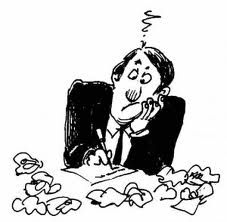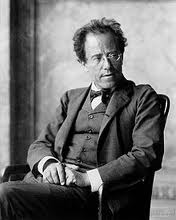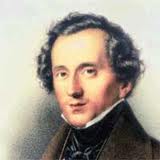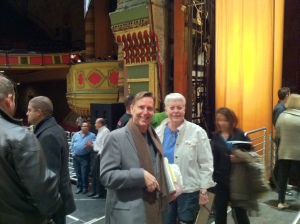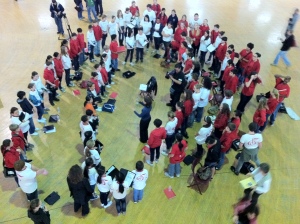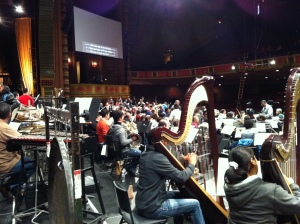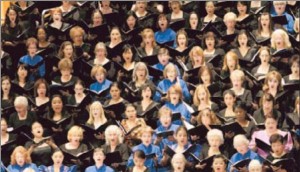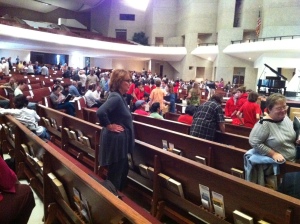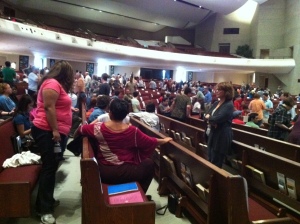This is a day late, I’m afraid, because I’ve caught a really bad cold and was flat on my back yesterday. Sigh. So here it is, a day late, but enthusiastic. Christine Ashworth tagged me for The Next Big Thing, so here are my answers to the questions. My tagees are at the end of the post. Enjoy.
What is the name of the book?
World Enough and Time, a quote from the Andrew Marvell poem “To His Coy Mistress.” The reference is to famous people being transported through time, and having enough time to finish their work. Mozart, for instance, left his Requiem unfinished, and Jane Austen left partial drafts of several books.
Will your book be self-published or represented by an agency?
I’d like to go the traditional route, but I think an e-book would actually be appropriate since I could then include links to music, poems and pictures which would be relevant to the plot.
Where did the idea come from for the book?
I’m a classical singer, and years ago I had the idea that it would be fun to bring a group of famous composers into the present. But I was never able to craft an actual story around the concept. Then one afternoon I began brainstorming with my best friend, Gail Upp (really her name), who is also a writer. Presto! We had a story, a mystery, a romance…and a book. She’s my co-author on this project.
What genre does your book fall under?
The book is a mystery (first of a series, I hope) with strong romantic elements. A bit of sci-fi because of the time travel. Since cross-genre books are becoming more popular, I’m hoping that this particular mix will work.
How long does it take to write the first draft of your manuscript?
Alas, I’m not a fast writer. Like Dorothy Parker, I write five words and delete six. In addition, this book required a lot of research because of the historical figures involved. Under normal circumstances, I’d expect a draft of this sort to take about a year, but so far it’s been two.
What other books would you compare this story to within your genre?
Any mystery concerning the creative arts, like Stephanie Barron’s Jane Austen series (which has romantic elements), the Charles Paris series by Simon Brett (for acting), and definitely James Gollin’s Antiqua Players series. I’ve never come across anything really like this, however. I’d love to be a groundbreaker. By the way, the Gollin books are out of print, but DEFINITELY worth looking for on Amazon or Abe Books.
Which actors would you choose to play your characters in a movie rendition?
I’d LOVE to get Adrian Brody to play the hero/detective, composer-conductor Felix Mendelssohn. The only problem would be that Mendelssohn was 5’6″ and Mr. Brody is over six feet tall. Movie magic might solve this problem. Jude Law would make an awesome Kit Marlowe. A girl can dream.
Who or What inspired you to write this book?
The wish that I could actually meet my idols (Mendelssohn, Beethoven, Jane Austen, Raphael).
What else about your book might pique the reader’s interest?
Along with solving a murder mystery, Felix learns that love can come twice, even across the centuries.
What is the one-sentence synopsis of your book?
In the year 2081 a transnational corporation brings famous artists, musicians and writers forward in time as a cover for its illegal and dangerous plan to change history for profit.
This post will go to both the LARA yahoo group, and Sisters in Crime/LA, so the below tags are for authors in both groups. Please check them out, and wish me luck. I’m now in the insane re-writing/editing phase. Oy.
Sue Ann Jaffarian
Darrell James
D.J. Adams
Linda O. Johnston (mysteries AND romances)
Cheers…Sharon



